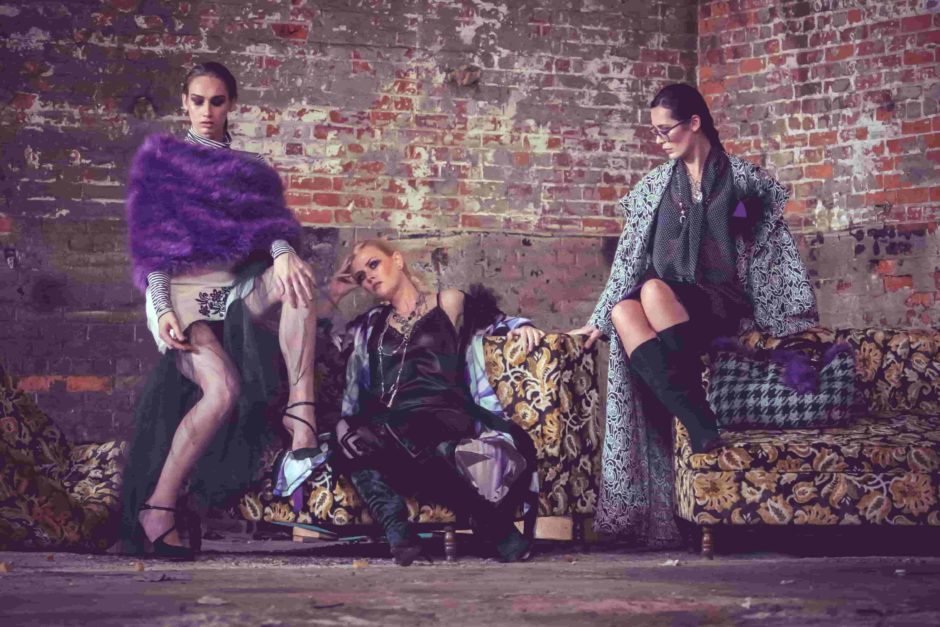PHOTO CREDIT FOR FEATURED IMAGE: THRIFTY DESIGNER – STYLE GROUP CO
By Emma Reilly
It’s been said that fashion is all about juxtaposition: mixing seemingly incongruous colours, textures, prints, and materials to create a wearable work of art.
That same juxtaposition rings true when it comes to Hamilton: the one-time overwhelming blue collar city is now home to one of the country’s fastest-growing fashion industries..
With over 520 businesses in the sector, Hamilton is home to Canada’s fifth-largest cluster of fashion businesses (behind Toronto, Montreal, Vancouver and Ottawa). Combined with a workforce of over 7,500 people and its proximity to major markets, Hamilton is uniquely poised for growth in this creative and dynamic industry.
Hamilton’s fashion scene is as diverse as it is exciting. The industry is made up of a range of small, medium and large businesses, ranging from local designers and fashion houses to luxury retailers and independently owned shops – not to mention adjacent businesses including photographers, hairstylists, and models.
Hamilton also boasts one of the most well-known and long-standing fabric and textile hubs on Ottawa Street — one of the city’s clusters of fashion-related businesses – currently home to fabric stores, designers, co-operative workspaces, and designers.
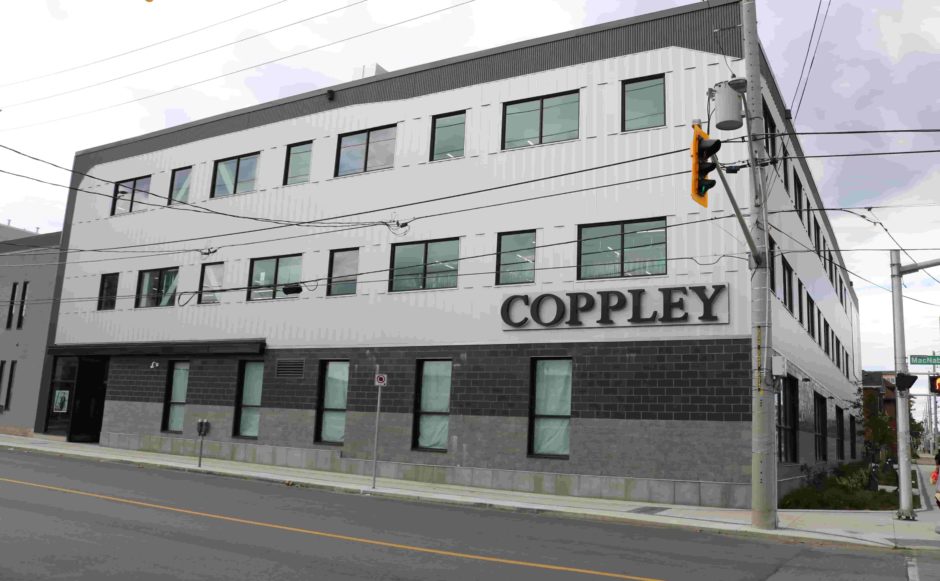
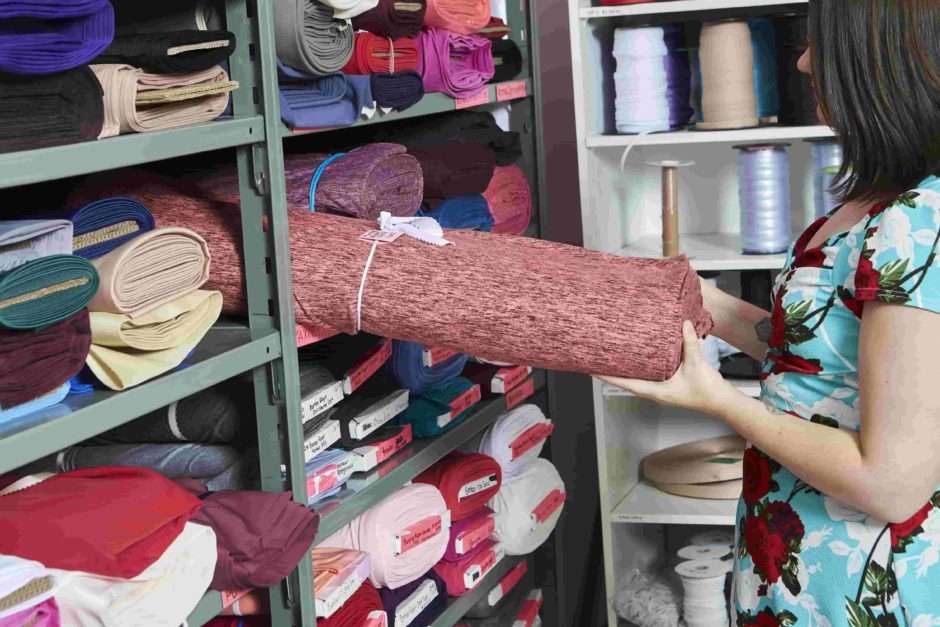
One of Hamilton’s most iconic and enduring fashion businesses is Coppley, which specializes in custom-tailored and luxury menswear. Founded in downtown Hamilton in 1883, Coppley brings a unique perspective to Hamilton’s fashion industry.
Coppley spokesperson Donalda Pelletier says one of Hamilton’s advantages is its location in the centre of Southwestern Ontario, providing easy access to Canadian and US markets, combined with the available and talented workforce.
“Hamilton is far enough from Toronto to be an economic advantage and our business doesn’t lend itself to offshore production,” she said. “Coppley’s workforce is very diverse and the company regularly hires new, skilled Canadians who contribute to the strength of the company.
“The downtown core is going through a huge revitalization and it’s very exciting for Coppley to be a part of that,” added Pelletier. “We are made in Hamilton and will continue to be made in Hamilton.”
When it comes to Hamilton’s fashion workforce, the industry ranks as a top three destination in Canada for fashion-related occupations. Eighteen per cent of those in the industry are self-employed – including Sumit Nagi, one of the newer faces in Hamilton’s fashion scene who offers a glimpse into the creative ways Hamiltonians are engaging with the industry.
Nagi is the owner of GOAT Vintage, an online retailer specializing in vintage and reworked clothing that would otherwise be destined for landfill. Nagi’s past collections include a line of garments made in her Hamilton studio constructed from fleeces and fabrics harvested from discarded textiles, as well as a line of hand-dyed, upcycled sweatshirts.
Nagi says that compared to other, larger cities, there are fewer barriers to entry for a small business in Hamilton.
“Other than being an obvious hub for the textile arts and a rich history to boot, Hamilton attracts fashion entrepreneurs because there are less barriers for growth, easier access to local talent, and a bigger acceptance for small owner operated businesses,” she said.
Fashion also plays a major role in the annual, multi-day Supercrawl Festival, which draws over 250,000 people to downtown Hamilton and has an estimated annual economic impact of more than $20 million.
Supercrawl, takes place on James Street North – which makes up Hamilton’s second cluster of fashion-related businesses, along with Ottawa Street — includes a hugely popular Fashion Zone that has featured Hamilton designers including With Love Lingerie, Angela DeMontigny, and Blackbird Studios.
The City of Hamilton has identified the fashion sector as one of three creative industries that have the most potential for economic growth in Hamilton, along with film and music, and has committed to supporting the growth of fashion through business development efforts.
Debbie Spence, Business Development Consultant, Creative Industries, City of Hamilton, says the city recognizes that the creative industries and those in fashion – businesses and talent – have been the driving force to move this sector forward. Local events like Supercrawl and collaborative efforts such as Ushi Mart’s Holiday Market, which invites local designers and makers to a shared space, are just two of the many ways that Hamiltonians and beyond have been introduced to this growing industry.
Spence says the city is looking to assist and welcome fashion expansions as well as attract new businesses and talent to develop this industry – and just as important as expansion and attraction is the retention of existing businesses.
“It is amazing to see the dedication and growth within Hamilton’s fashion industry; from its businesses and creators especially during this very challenging time,” Spence said. “In echoing the push to support and discover local businesses and creatives, I encourage people to shop local as much as they can this holiday season and into 2021. “Hamilton is fortunate to have diverse, thoughtful and innovative fashion businesses and products from retailers such as LaBichette, Milli, Girl on the Wing and Solee Shoes to fashions that come from Hamilton designers like Cheeky Bikini, Mettamade, Zanderwear, Rosalie Wynne lingerie, Thrifty Designer, Hutchison, Eye of Faith and many more.”
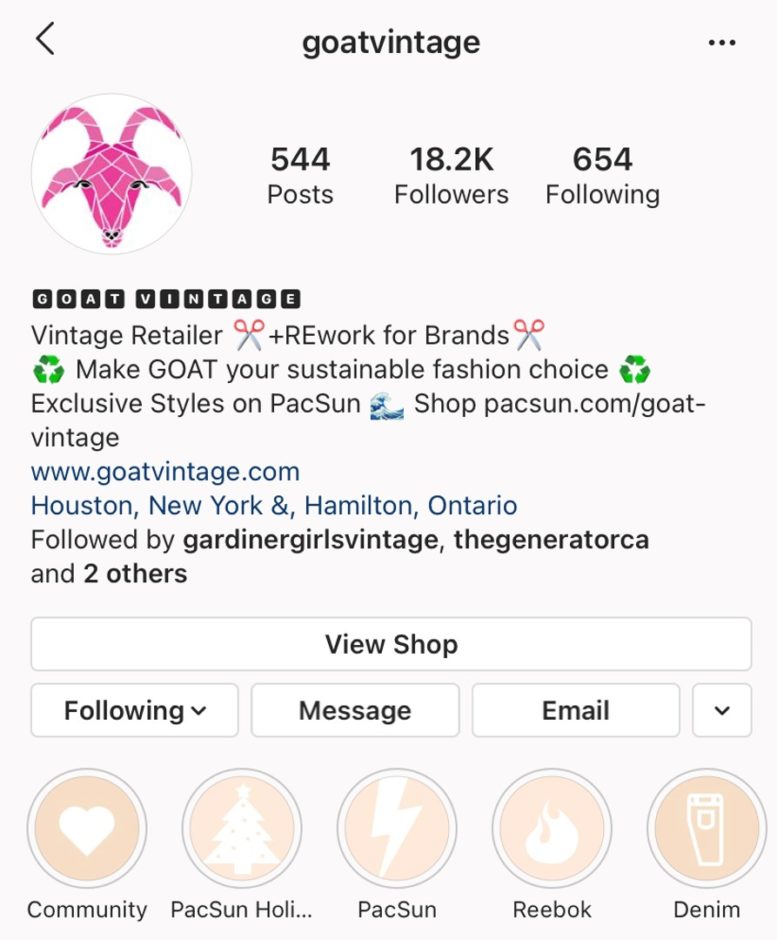
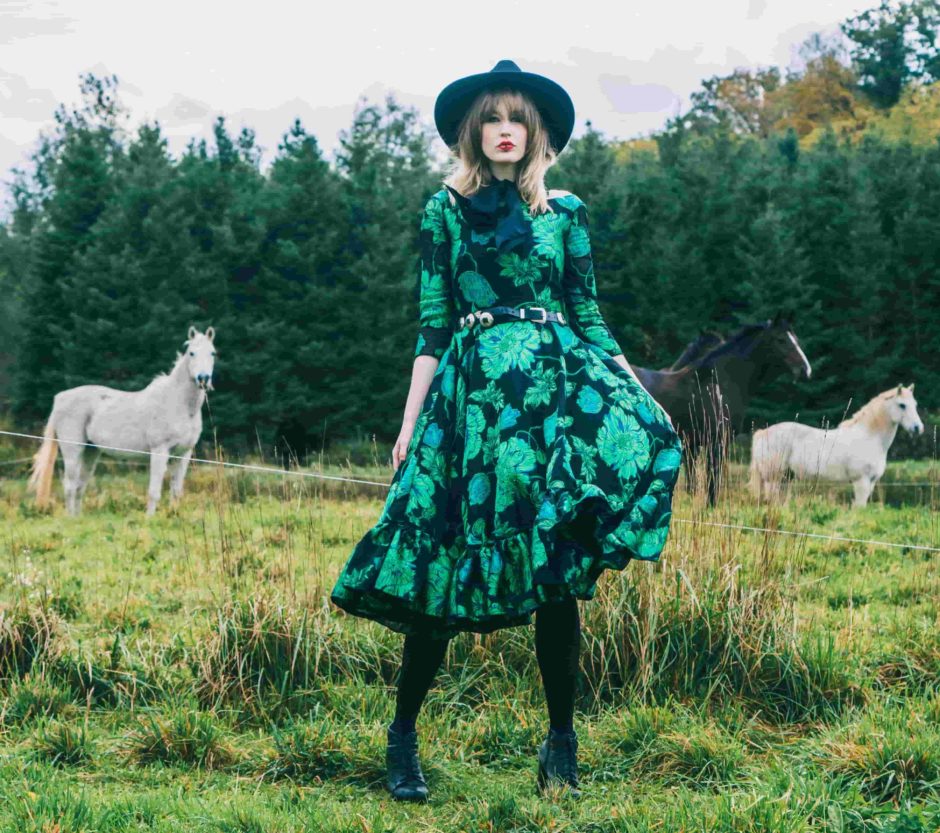

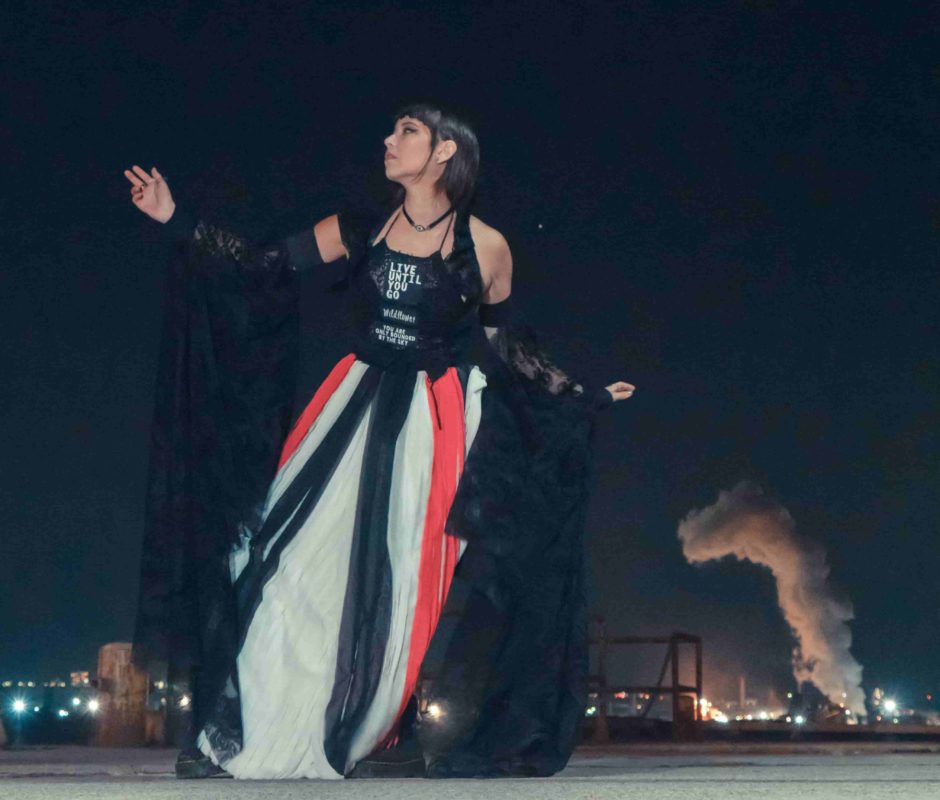
Defective Collective – Photo Credit: Style Group Co 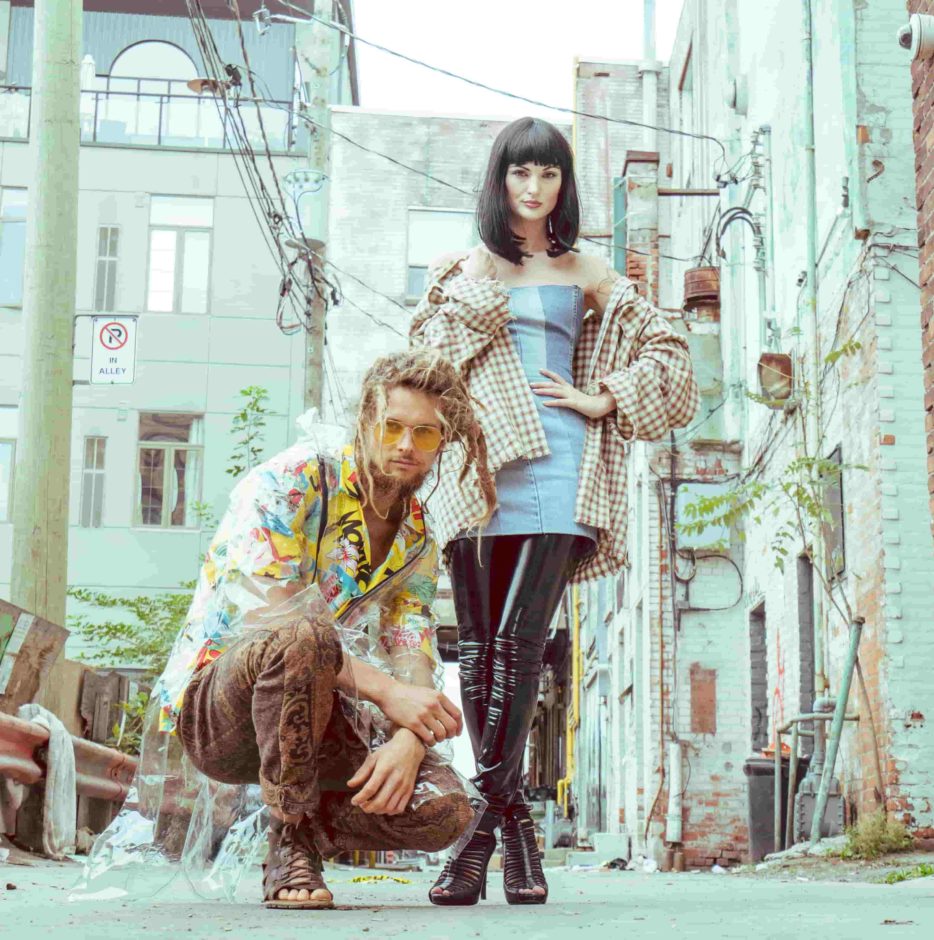
Eye of Faith – Photo Credit: Style Group Co 
Photo Credit: Marta Hewson Photography
